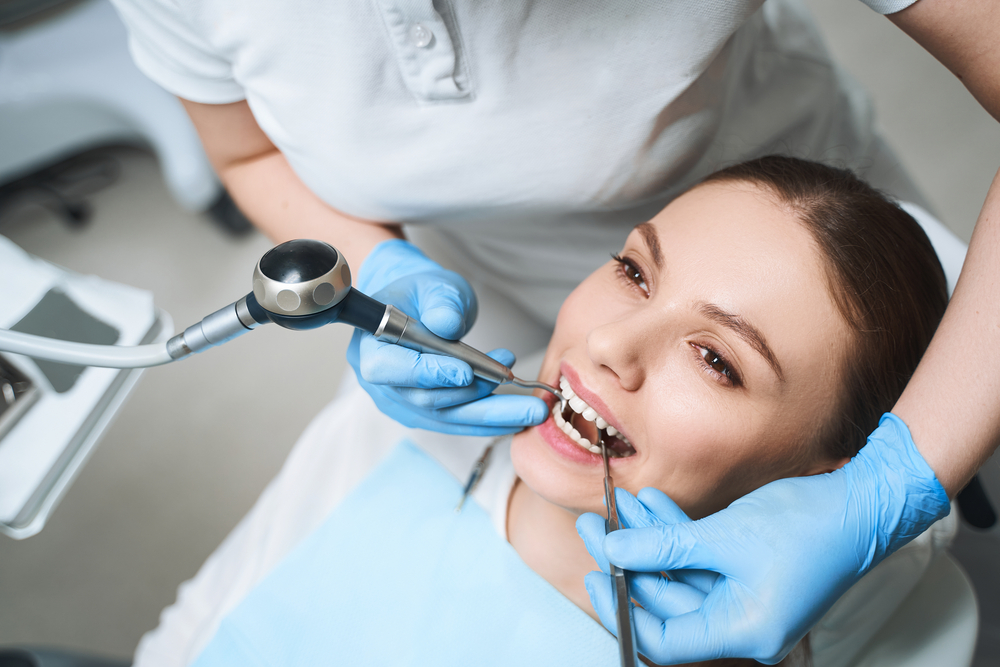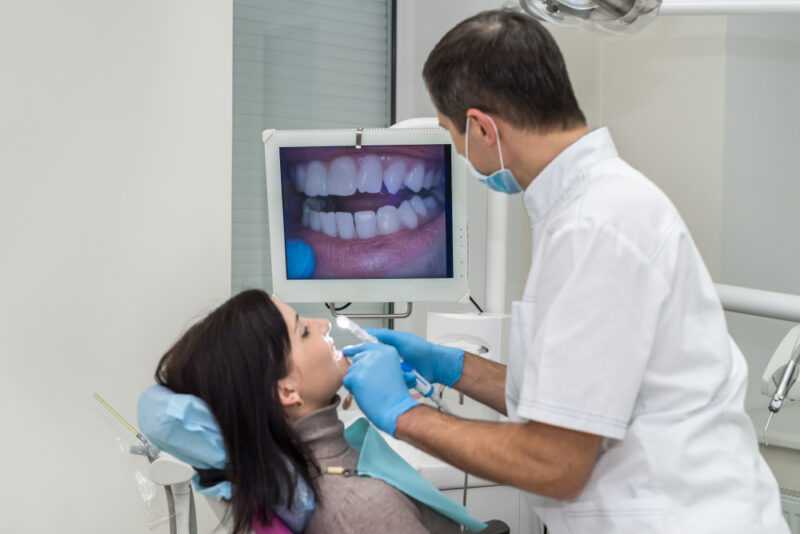At Jowett & Lewis Family Dentistry in Topeka, KS, Dr. Andrew Lewis, DDS, and Dr. Ted A. Jowett, DDS, are dedicated to educating patients about periodontal disease, its impact on oral health, and the available treatment options. Understanding this common dental condition is essential for maintaining a healthy smile and overall well-being.
What is Periodontal Disease?
Periodontal disease, often known as gum disease, is a chronic inflammatory condition affecting the gums and the supporting structures of the teeth. It ranges from simple gum inflammation (gingivitis) to severe damage to the soft tissue and bone supporting the teeth, possibly leading to tooth loss.
Signs and Symptoms of Periodontal Disease
- Bleeding Gums: One of the first signs of periodontal disease is gums that bleed easily, especially during brushing or flossing.
- Swollen, Red Gums: Healthy gums are firm and pale pink. Swollen, red gums can indicate inflammation.
- Bad Breath: Persistent bad breath or a bad taste in the mouth can be a sign of periodontal disease.
- Receding Gums: Gums pulling away from the teeth, making them appear longer, is a symptom of advancing disease.
The Causes of Periodontal Disease
Periodontal disease is primarily caused by the buildup of plaque – a sticky film of bacteria. If not removed by regular brushing and flossing, plaque can harden into tartar, exacerbating gum inflammation and leading to more severe forms of the disease.
Risk Factors
Several factors increase the risk of developing periodontal disease, including smoking, diabetes, hormonal changes in women, medications that reduce saliva flow, and genetic susceptibility.
Diagnosis and Evaluation
During a Dental Exam, we assess the health of your gums, check for any signs of inflammation, and measure the depth of the gingival pockets. 3D Dental Scanning technology may also be employed for a more detailed analysis of the gum and bone health.
Treatment Options
The primary goal of treating periodontal disease is to control the infection. Treatment approaches vary depending on the severity of the disease and may include:
- Deep Cleaning: Non-surgical treatments like scaling and root planing remove plaque and tartar from above and below the gum line.
- Medications: In some cases, antimicrobial mouthwashes or antibiotics may be prescribed.
- Surgery: Advanced cases may require surgical interventions such as flap surgery or bone and tissue grafts.
Our Periodontal Treatments are tailored to each patient’s specific needs, ensuring the most effective care.
Preventative Care
Prevention is key in managing periodontal disease. Regular dental visits for Exams and Cleaning, good oral hygiene practices, and lifestyle changes like quitting smoking can significantly reduce the risk of developing periodontal disease.
Your Partners in Oral Health
At Jowett & Lewis Family Dentistry, we understand the complexities of periodontal disease and its impact on your overall health. Dr. Andrew Lewis and Dr. Ted A. Jowett are committed to providing comprehensive care, from early detection to advanced treatment, to help you maintain a healthy, confident smile.
References:
- American Dental Association – Information on gum disease.
- Journal of Periodontology – Latest research on periodontal disease.
- National Institute of Dental and Craniofacial Research – Data on periodontal disease prevalence and treatment.
For more information or to schedule an appointment, call us at 785-272-3864 or visit our website.










